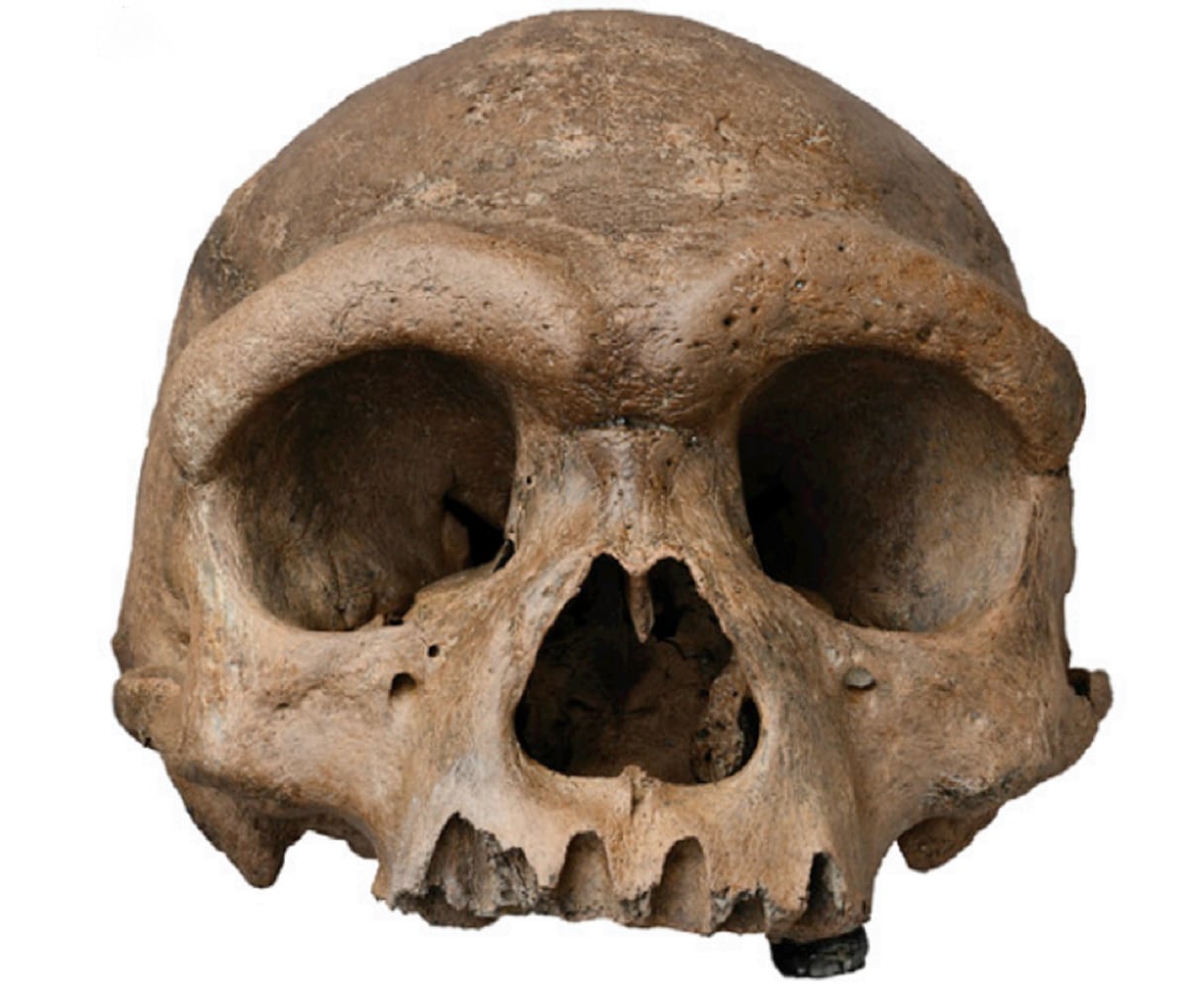We are looking for an independent senior editor
The Dragon Man: Not a New Human Species, But a Denisovan Revelation
In a groundbreaking revelation, a team of scientists led by Chinese researchers and a Swedish Nobel laureate in Medicine has announced the extraction of DNA from a fossil initially thought to belong to a new human species dubbed Homo longi, or popularly known as the Dragon Man. This discovery, which overturns a significant recent finding in human evolution, confirms that the Homo longi is not a distinct human species characteristic of Asia but rather a Denisovan.
The Denisovans stand out as the only human species identified not by their skeletal structure but through DNA analysis from tiny bone fragments found in the Denisova Cave in Russia. Notably, a girl's pinky finger led to the recognition of this group, later revealed as sister species to the Neanderthals. Genetic studies further demonstrated interbreeding between Denisovans, Neanderthals, and our species, Homo sapiens, resulting in many present-day Asians carrying small percentages of Denisovan DNA. These inherited genes include those enabling high-altitude respiration, essential for survival in places like the Himalayas, and adaptations for extreme cold, seen in the Arctic Inuit.
Until now, the facial characteristics of Denisovans remained unknown due to the absence of a complete skull. The latest study presents the Denisovans as robust individuals with large teeth and pronounced brows, potentially possessing a brain capacity equal to or larger than modern humans, based on a cranial volume of 1,400 cubic centimeters.
This molecular identification of the first Denisovan skull confirms their success as a group, thriving for tens of thousands of years across diverse Asian environments, from the Siberian steppes to the Himalayas and the eastern coasts of China, including Taiwan. Fossils found in these regions, and in places like Laos, may also belong to this third branch of humanity, according to the study published in Cell.
The concept of Homo longi as a separate species is now dismissed, prompting a shift away from species-based classifications in human evolution, as explained by Svante Pääbo, a leading figure in ancient DNA analysis and Nobel laureate in Medicine 2022. He suggests that the term "species" loses relevance when discussing Neanderthals and Denisovans, who interbred and produced fertile offspring among themselves and with modern humans.
The research team focused on the Harbin cranium, discovered in 1933 during Japan's invasion of China. A construction worker found the fossil, hid it from his Japanese supervisors, and kept it concealed for decades. In 2018, his grandchildren brought it to paleoanthropologist Qiang Ji. Despite surviving numerous historical upheavals, the fossil lacked provenance or age confirmation until Ji's team dated it using sediment stuck in its nasal cavities, matching it to 146,000-year-old deposits beneath Harbin's bridge.
Despite initial skepticism about its classification as a new species, Chinese paleoanthropologist Qiaomei Fu played a crucial role in confirming its identity. Having mastered ancient DNA techniques at prestigious institutions, she successfully extracted mitochondrial DNA from dental calculus, affirming the Dragon Man's relation to Siberian Denisovans. Fu also led a study published in Science that retrieved 95 proteins from the skull, establishing a global record for protein recovery from a single human fossil.
The discovery of the Denisovan skull offers a unique opportunity to reassess enigmatic fossils like the Dali skull from 270,000 years ago, and potentially, the Hualongdong and Juluensis specimens in China. Recent protein analysis of a jawbone found in Taiwan confirmed it as Denisovan, suggesting it lived when Taiwan was connected to mainland Asia.
British paleoanthropologist Chris Stringer, co-author of the initial Dragon Man species study, acknowledges the significance of these findings but maintains his hypothesis, emphasizing the need for comprehensive evaluations by ancient DNA and proteomics experts. He suggests that most high-capacity craniums from the past 800,000 years can be categorized into Asian Homo erectus, Heidelbergensis, Neanderthals, sapiens, and Denisovans-Longi.
The origins and emergence of Denisovans and Neanderthals remain a mystery, likely stemming from some variant of Homo erectus, the longest-lived human species and the first to migrate out of Africa. While sapiens also descended from erectus, their African origin is well-documented. The crucial question is why Denisovans and Neanderthals vanished 40,000 years ago, coinciding with the arrival of large sapiens groups from Africa during harsh glacial periods. Despite repeated European extinctions, sapiens thrived, becoming the Earth's sole human species. Experts, including CSIC's Antonio Rosas, posit that sapiens' advanced neural capacity for large-scale cooperation networks might explain their survival, a trait yet to be proven in the other human branches.















LEAVE A COMMENT